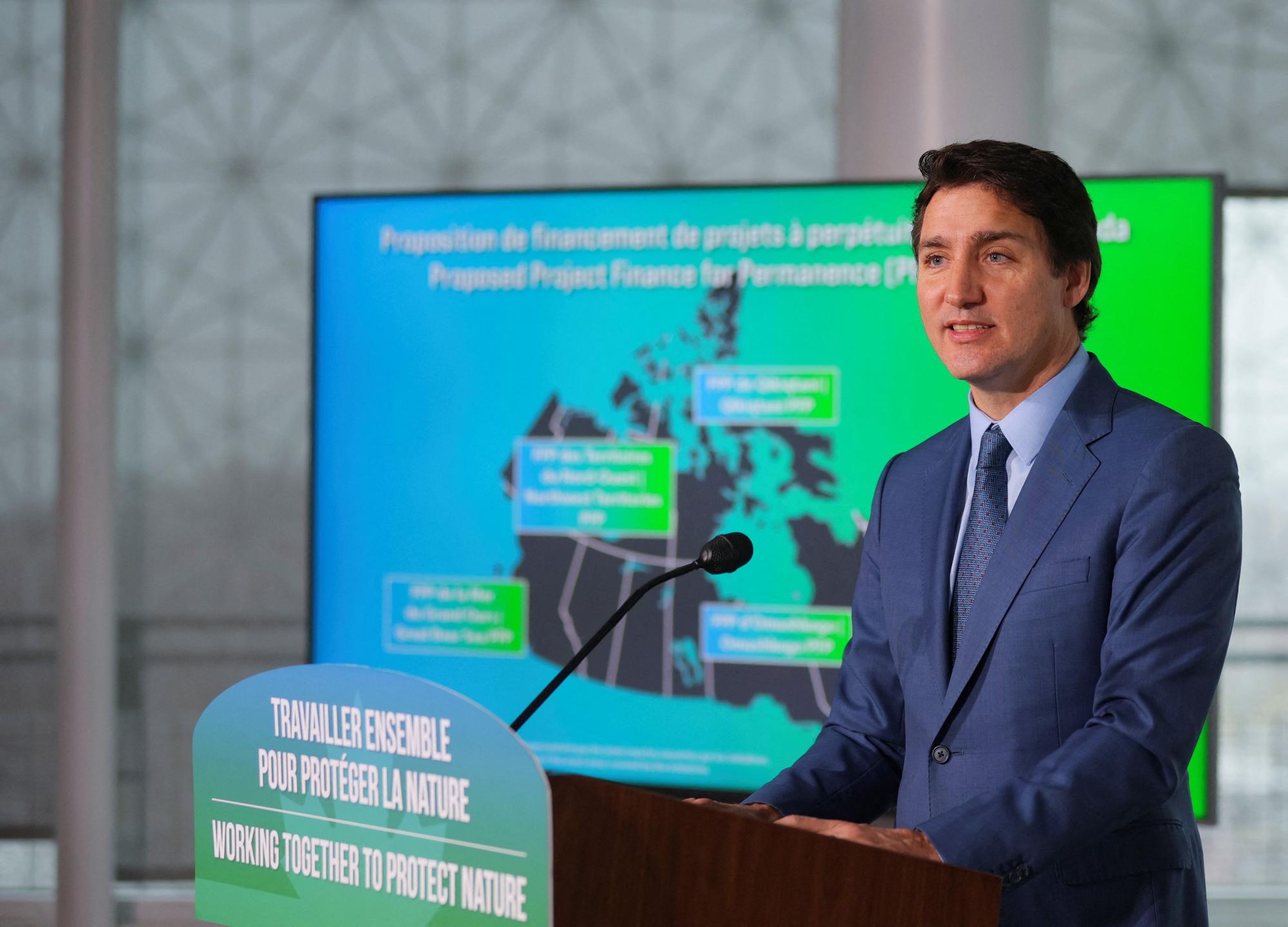A New South Wales government environmental offsets scheme is failing to protect some of the state’s most endangered species and ecosystems and is riddled with integrity and transparency concerns, according to a review by the state’s auditor general.
The report, described as “utterly damning” by conservationists, prompted opposition and crossbench MPs to call for an overhaul of the scheme.
The release of the report follows extensive reporting by Guardian Australia that revealed serious flaws and conflict of interest concerns in the state’s system of environmental offsetting, triggering multiple inquiries.
The auditor general found the government did not properly design the state’s biodiversity market, which allows landowners to establish a conservation agreement on their property.
That agreement generates credits which are then sold on a market as environmental offsets that are meant to compensate for environmental destruction caused by development elsewhere.
It follows the Albanese government announcing on Friday that it planned to develop a national biodiversity market.
The audit found the NSW environment and planning department had failed to properly design core elements of the scheme, and had no strategy for developing a biodiversity market or making sure it delivered the environmental outcomes required.
The report said there was a serious undersupply of credits needed to offset the loss of some under-pressure ecosystems, plants and animalsto allow development in the state, including $112b in infrastructure projects.
It said the government has not resolved concerns about the scheme’s integrity, transparency and sustainability.
The chief executive of the Nature Conservation Council of NSW, Jacqui Mumford, said the report was “utterly damning” and highlighted “failure by almost every measure”.
“After this report, offsets must be only used as an absolute last resort,” she said. “Currently, they are handed out like lollies.”
Mumford said offsetting schemes reduced nature to a “bunch of financial formulas” that did not capture the true value of unique and rapidly disappearing bushland.
The audit office made several recommendations, including improving governance, monitoring offset sites to ensure they deliver environmental benefits, and annual reporting on whether offset obligations are being met.
The opposition’s environment spokesperson, Penny Sharpe, said the report revealed “the failings of the NSW biodiversity offset scheme”.
“It is a scheme that cannot fulfil its purpose and will lead to extinctions of 50% of NSW native animals and plants if not substantially reformed,” she said.
Sharpe said an upper house inquiry triggered by Guardian Australia’s reporting had uncovered similar issues and would report soon. “The NSW government must urgently outline how it will address the findings,” she said.
The Greens environment spokesperson, Sue Higginson, said the report made clear biodiversity gains being made through the scheme were not enough when compared with the losses from development.
“The report is absolutely damning and confirms that we are facing an environmental crisis, and the government’s current policy is broken and contributing significantly to it,” she said.
The independent MLC Justin Field, said the government needed to set clear “red lines” around where biodiversity offsetting could be used.
He called for a moratorium on a policy that allows developers to pay into a fund managed by the biodiversity conservation trust rather than buying credits directly from the market. The trust then buys offsets on developers’ behalf.
The audit found the offset obligations the trust took on were increasing every year and there was a risk the fund would fall short of what was needed to buy the necessary offsets.
In other findings, the auditor general said most credits available in the market – outside those in under-pressure habitats – had never been traded at all, the government did not have a complete public register of credits and their transaction histories, and had not developed regulations for brokers working within the scheme.
The report said 90% of offset sites under the scheme were not being monitored to ensure the required environmental benefits were being delivered.
The report found the government did not have proper oversight of conflicts of interest among consultants and brokers working in the scheme . It also found there were “inadequate safeguards” to mitigate the potential for conflicts arising from the biodiversity conservation trust’s multiple roles administering the scheme and buying credits on behalf of developers.
It noted that a conflict of interest protocol for the scheme as a whole was not developed until 2021, four years after it commenced.
Its introduction came after serious conflict of interest concerns were uncovered.
Officials working on conservation matters have now been barred from holding financial interests in the scheme.
In response to the report, the environment minister, James Griffin, said he had focused on making sure the scheme was “easier to participate in, brings greater consistency to how it applies to local development, and stimulates the supply of efficiently priced biodiversity credits”.
“The government is committed to improving the operation of the scheme to ensure it delivers effective environmental and economic outcomes,” he said.


